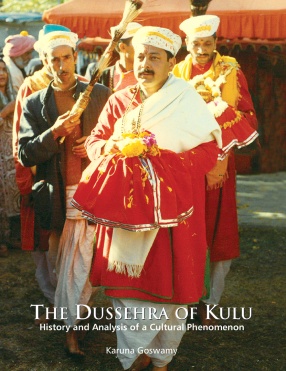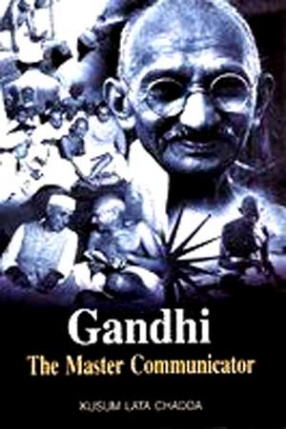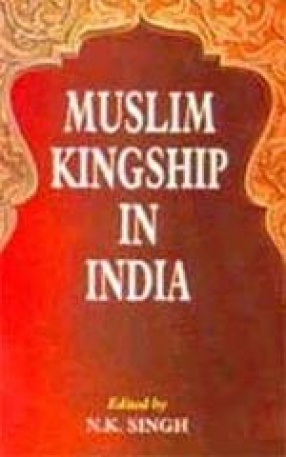Government records, papers of eminent persons, business records, institutional papers, photo and oral archives and similar other historical records constituting documentary heritage of a people are capable of transposing the scholars, students and users of history in those heritage days which can be felt, touched and experienced. Heritage is also experienced through monuments, historic buildings, museum objects and artefacts, but documentary heritage through archives is not as popular as monuments and museum objects are, though it is put into use by governments, business houses, institutions and scholars. The present work, therefore, focuses on archives, its definition, connotation, classification and arrangement. It also deals with institutional archives like the Indian imperial record department now the National Archives of India. How the keepers of records of the Raj experienced British Indian History through the archives has been discussed as well. The role of the Indian imperial archives in shaping the Indian historiography and historians like Sir Jadunath Sarkar, Professor Kalikaranjan Qanungo, Dr. R.C. Majumdar, Professor Nilakanta Sastri and others has been chronicled in this book. Keeping archives for historians and scholars demands their scientific preservation and protection from theft, insects, humidity, acidity and pollutants. This aspect of care and repair of records has been discussed in details in one easy-to-understand chapter written by a conservation expert.
The Dussehra of Kulu: History and Analysis of a Cultural Phenomenon
In many ways, the Dussehra ...
$162.00
$180.00





There are no reviews yet.